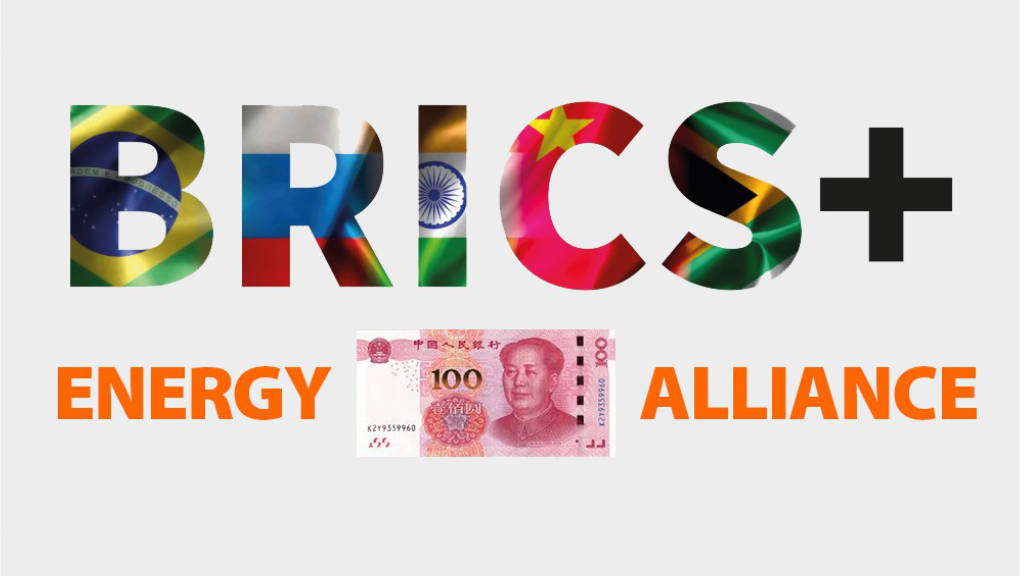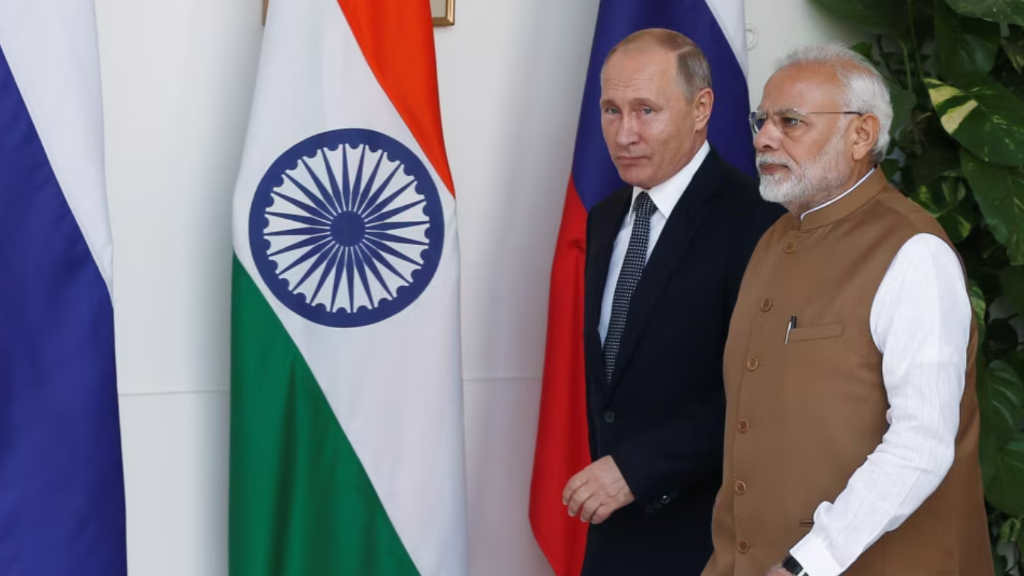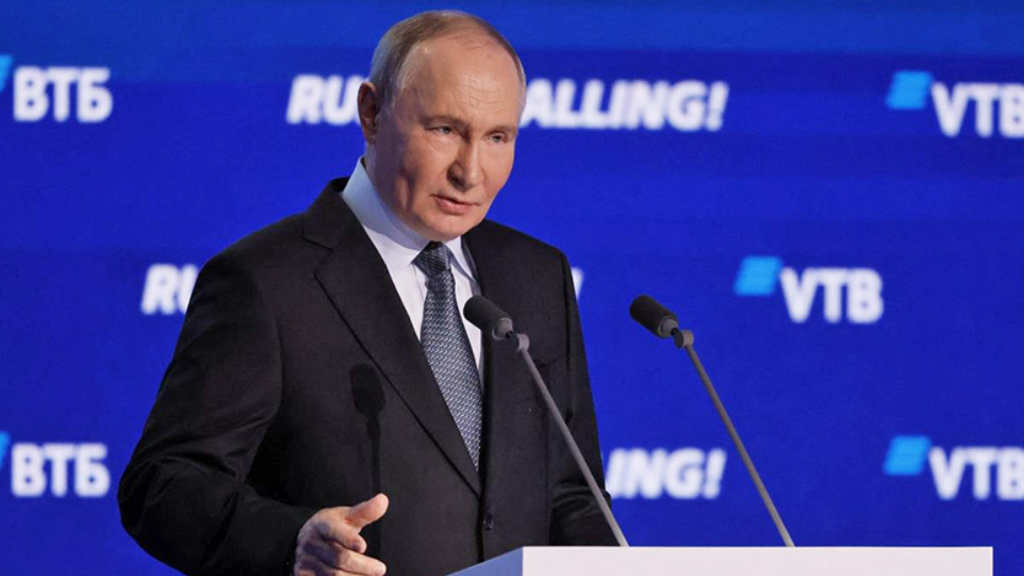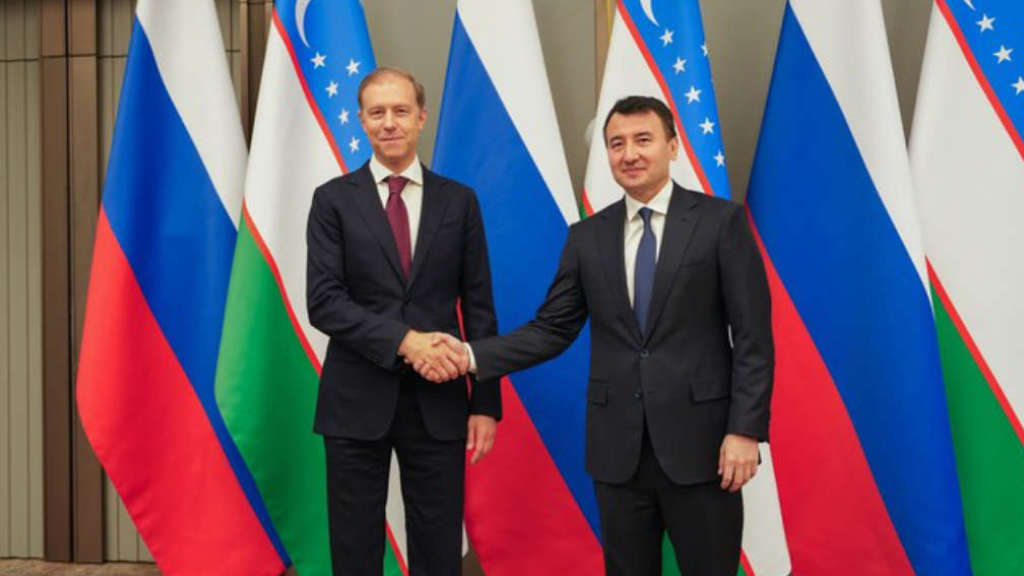The BRICS energy alliance has launched a coordinated system of Petro-Yuan (Chinese RMB Yuan currency) oil contracts that directly challenges US dollar dominance in global energy markets. The BRICS controls 46 million barrels per day of oil production and is implementing BRICS plus currency shift mechanisms through Yuan-denominated contracts, Indian Rupee – Russian Ruble swaps, and local currency financing. The BRICS full members now also include Brazil, Egypt, Ethiopia, Indonesia, Iran, South Africa, and the UAE.
This de-dollarization impact represents the most significant threat to American financial hegemony since Bretton Woods, as global energy market changes can now bypass the traditional Western-controlled payment systems.
The BRICS energy group now controls substantial energy reserves, with Saudi Arabia (nor a BRICS member but participating in the energy alliance) and Russia pumping a quarter of the world’s oil. The Shanghai Stock Exchange rose 60% in its Yuan-denominated crude oil over the past year, and through the Petro-Yuan oil contracts, participants make transactions outside US dollar-based sources.
Gas reserves show even stronger concentration, as Russia, Iran, Qatar, Algeria, and UAE hold two-thirds of global reserves. Algeria is a BRICS partner nation and has joined the BRICS New Development Bank, while Qatar has expressed interest.
New infrastructure projects like the Russia-China Power of Siberia 2 pipeline will come online by the end of 2025, enabling further BRICS plus currency shift initiatives.
The de-dollarization impact becomes visible through coordinated currency arrangements bypassing SWIFT systems. Russia-India energy transactions now use Ruble-Rupee swaps, while China-Saudi arrangements process billions through Yuan-Riyal exchanges. Riyadh has also given strong hints that US dollar-denominated oil contracts are being reviewed and may be discounted for non-US deals. Yuan-denominated oil deals accounted for 20% of daily Brent crude volumes last year, testing 24% by early 2025. These global energy market changes create parallel financial infrastructure independent of Western oversight.
These Petro-Yuan oil contracts also extend beyond commodity trading into comprehensive development financing outside traditional dollar-based systems and help finance many of the BRICS infrastructure projects. Examples of these can be seen here.
The BRICS energy alliance operates through the BRICS New Development Bank, which targets 30% local currency loans by 2026, up from the current 22%. The bank maintains a US$5 billion annual lending target while systematically reducing use of the US dollar.
The BRICS energy alliance faces internal contradictions including India-China border disputes and Iran-Saudi rivalries. The BRICS energy alliance requires unanimity, with different members favouring different approaches. Thus far those have been absorbed as all members have a unified goal of developing global trade and its political influence towards a multi-lateral platform. All therefore have a collective interest in reducing US dollar dependence for several reasons. These include the US dollar’s emergence as a political weapon, and the alarming amount of US dollar debt.
Despite challenges, this represents a coordinated effort toward multicurrency systems rather than complete dollar replacement. The US dollar maintains 59% of global reserves versus 2.48% for the Chinese Yuan, but geostrategic pressures, including conflicts and ironically, sanctions, are helping to create alternatives. The Euro lost its position as the second-most traded financial instrument last week to gold, for example.
Meanwhile, the BRICS nations currently hold about 20% of proven global gold reserves, while Russia and South possess the world’s largest unmined reserves estimated at a combined 17,000 tonnes. The United States and EU currently possess a combined estimated 8,640 tonnes of proven gold reserves, meaning that the BRICS – and especially Russia – has the potential to overturn the market.
The BRICS plus currency change assists the emerging world order by converting the compulsory use of the US dollar to optional standards. Although America maintains military superiority as evidenced by the continued spending of US$750 billion US dollars by the Pentagon, energy dealings are slowly circumventing other methods of payments rather than using dollars. The BRICS energy group has now changed global finance by producing plausible alternatives to US dollar domination.
This enables countries to become independent of Western monetary dominance by using Petro-Yuan oil contracts, local currency development financing, and simultaneous payment system enabling the global south to be independent of western monetary control rather than introducing new downsides in the global trade relations. This de-dollarization effect represents a significant shift in global energy markets and is redesigning the ways in which nations are doing business out of the established, Western-controlled structures.
Further Reading





